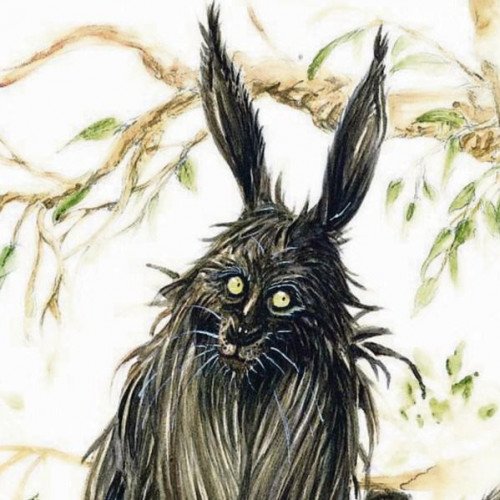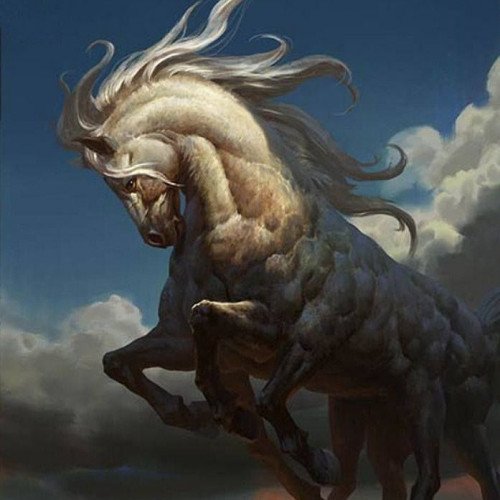Vote on Mythical creatures: Púca vs Sleipnir

Púca
The púca (Irish for spirit/ghost; plural púcaí), pooka, phouka is primarily a creature of Celtic folklore. Considered to be bringers both of good and bad fortune, they could help or hinder rural and marine communities. Púcaí can have dark or white fur or hair. The creatures were said to be shape-changers, which could take the appearance of horses, goats, cats, dogs, and hares. They may also take a human form, which includes various animal features, such as ears or a tail. The púca has counterparts throughout the Celtic cultures of Northwest Europe. For instance, in Welsh mythology it is named the pwca and in Cornish the Bucca. In the Channel Islands, the pouque were said to be fairies who lived near ancient stones; in Channel Island French a cromlech, or prehistoric tomb, is referred to as a pouquelée or pouquelay(e); poulpiquet and polpegan are corresponding terms in Brittany.
Statistics for this Xoptio

Sleipnir
In Norse mythology, Sleipnir (Old Norse "slippy" or "the slipper") is an eight-legged horse ridden by Odin. Sleipnir is attested in the Poetic Edda, compiled in the 13th century from earlier traditional sources, and the Prose Edda, written in the 13th century by Snorri Sturluson. In both sources, Sleipnir is Odin's steed, is the child of Loki and Svaðilfari, is described as the best of all horses, and is sometimes ridden to the location of Hel. The Prose Edda contains extended information regarding the circumstances of Sleipnir's birth, and details that he is grey in color. Sleipnir is also mentioned in a riddle found in the 13th century legendary saga Hervarar saga ok Heiðreks, in the 13th-century legendary saga Völsunga saga as the ancestor of the horse Grani, and book I of Gesta Danorum, written in the 12th century by Saxo Grammaticus, contains an episode considered by many scholars to involve Sleipnir. Sleipnir is generally accepted as depicted on two 8th century Gotlandic image stones: the Tjängvide image stone and the Ardre VIII image stone. Scholarly theories have been proposed regarding Sleipnir's potential connection to shamanic practices among the Norse pagans. In modern times, Sleipnir appears in Icelandic folklore as the creator of Ásbyrgi, in works of art, literature, software, and in the names of ships.